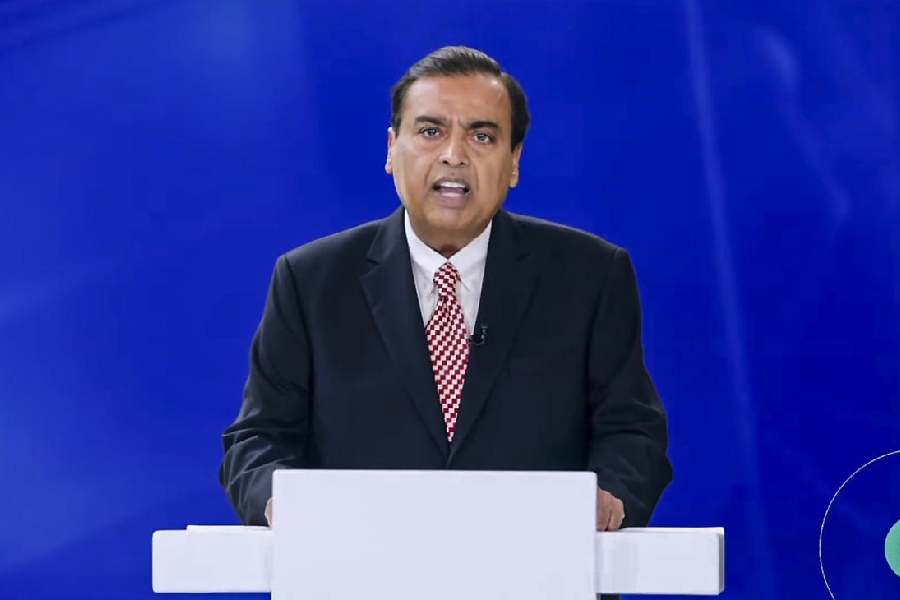
Through the past few winters Delhi witnessed its worst air pollution hazards. In general, the capital features pretty high up on the global air pollution list. According to the World Health Organization, Delhi has already carved a distinguished niche as the pollution capital of the world since 2014.
A recent report of Greenpeace India shows that PM10 (particulate matter smaller than 10 microns) levels in Delhi hovered around 268 µg/m3 throughout 2015 - 4.5 times over the national ambient air quality standard annual limit (60 µg/m3), and about 13 times that of the WHO. Major sources included road dust (56 per cent), concrete batching (10 per cent), industrial (10 per cent) and vehicular emissions (9 per cent).
More recently, an additional factor has chipped in: post-monsoon crop residue burning, sourced mainly to rice-wheat cropping systems in Punjab and Haryana. In these two states, CRB is a persistent threat to air quality and public health. But now it has begun spilling over the whole of the National Capital Region, including Delhi. Air quality tests in 10 cities of Punjab and Haryana in 2015 showed that PM10 levels stayed way above NAAQS annual limit throughout the year.
But apparently, CRB is a compulsion for the farmers in these states. Earlier, when crops were hand-harvested, they could be used for fodder or in packaging industries. With the advent of combine-harvesters in recent times, the stubble is practically useless. And herein lies the problem. Combine-harvesters leave the stubble too short (less than 40 centimetres) for fodder use.
Ploughing it back into soil is an option but it is a highly time-intensive task and a threat to the next generation of seedlings. And owing to recent shifts in the rural labour market (out-migration to cities), hiring workers to tend to the stubble has become costly these days. Moreover, the interval between the wheat and paddy seasons is too short for such demanding chores. Machines can make things easier. But those 'happy-seeders' or 'rotavors' are too expensive compared to governmental subsidies that smallholders receive. So the only option is to burn and turn the soil before the next season.
Apparently, for every four tons of rice or wheat produced, there are about six tons of straw, of which at least four tons are burnt. It shoots up loads of black carbon particles into the atmosphere, causing local warming hotspots, besides severe pulmonary and cardiovascular afflictions. Children, women and the elderly are particularly vulnerable to it. For people with pre-existing health issues, CRB can greatly aggravate risks, which may wear out the mind's adaptive capacity and lead to mental breakdowns.
In general, air pollution is a raving menace throughout India. Six out of 10 of the world's cities with the highest air pollution risks are located in India - Delhi, Gwalior, Allahabad, Patna, Raipur and Ludhiana. It is the fifth largest killer in India. The Global Burden of Disease, a global research programme featuring 500 scientists from over 300 institutions, estimated 3,283 premature deaths per day owing to outdoor air pollution in India in 2015. It translates into 11.98 lakh deaths in 2015 and a three per cent drop in the gross domestic product.
Under the circumstances, CRB is an aggravating factor. Even for production itself, CRB is no good. It incurs an estimated 1.5 lakh tons loss of nutrients annually, which pushes up input costs in the following season. Wasting the residues is also straining the fodder market, causing damage to the rural economy.
Government sources claim that CRB has been curbed to an appreciable extent. But such claims are questionable. Satellite imagery from Nasa's Fire Mapper reveals that CRB has now spread across Madhya Pradesh, Uttar Pradesh, Chhattisgarh, Bihar and Odisha, making things worse. Owing to bans, warnings and surveillance, CRB operations have taken a more covert form these days. It is an age-old practice and difficult to address. It has to stop, but how? Surely not at the cost of lives that rise and fall with input and output prices in the agro-market?
A question that farmers ask is, what are we supposed to do? We have to keep up with production anyhow. One answer is, recycle the crop residues for composts. Already tested around the world, composting holds great promise for India as well. First, it will cut down on fertilizer costs by promoting organic farming. Second, reducing fertilizer use will curb soil-water pollution. Third, composts are in high demand in the agro-market,which offers the farmers lucrative monetary incentives. Overall, it could provide social protection to rural households, which is a key element in the inclusive growth paradigm, adopted by the government of India for rural development via poverty alleviation.
We should vie for long-term adaptation-mitigation strategies. Composting could be a way, as could raising awareness and capacity building. Simplifying agrarian credit structure, implementing transparent crop insurance schemes, achieving agricultural mechanization, revival of the crop-residue market (for fodder and biofuel sources) should be effected in conjunction. Without these, bans and penalties will only offer temporary respite.










